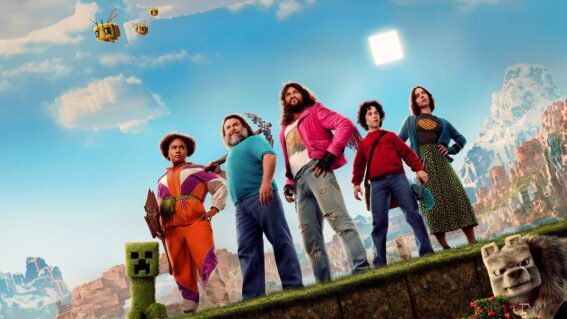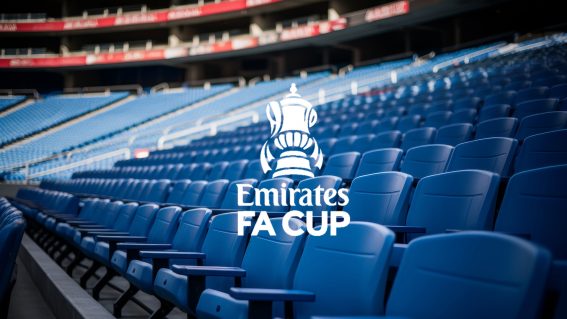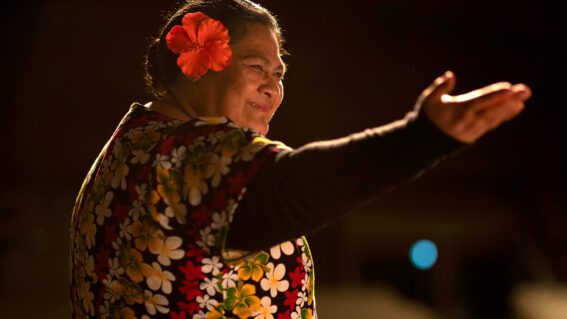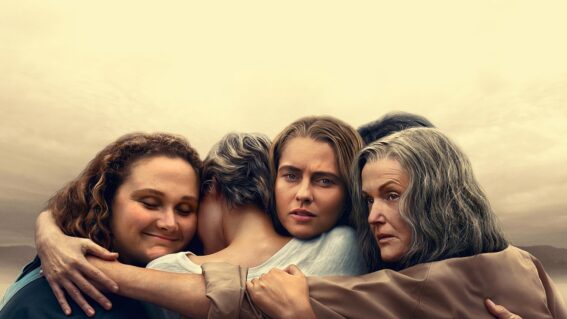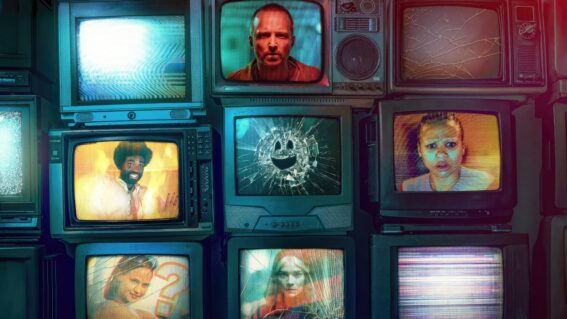Notorious: A Brief History of of Hip Hop’s East vs West Coast ‘Wars’

Media beat up? Record company propaganda? Or real-life vendettas? The tale of hip hop’s ‘East vs West’ conflict – with the death of Tupac Shakur and Notorious B.I.G. at its centre – has a lot of ins, lot of outs. Biggie biopic Notorious is now playing in cinemas, and so we present this prelude – a brief history of music’s most intriguing drama…
The root of America’s ‘East’ and ‘West’ hip hop conflicts can be traced back to the beginnings of rap itself. Depending on who you talk to, hip hop came from New York, a few decades ago. It was not just the music genre we label it as today, rather it was a subculture like the hippie and punk movements. ‘Hip hop’ was spraying paint on walls, scratching records, MC’ing and breakdancing. Doing moves like the caterpillar or a skyscraper made you as cool as the night’s lead rapper. DJs shared a show’s billing with all involved and, for a fleeting moment, a community thrived.
Nothing lasts forever. Rappers became more famous than their producers and graffiti became the scourge of suburbia. With huge success came rivalry and eventually murder.

Old schoolin' - from the cover of Grandmaster Flash's debut, 1982 album The Message.
Origins
Los Angeles, and wider California, is renowned for its gang culture. Crips, Bloods and Chicano mobs have controlled entire neighbourhoods for decades. By the time hip hop reached the West coast, a generation of youth had lived life hard and rough. In 1988, a rap group called N.W.A. (consisting of Ice Cube, Dr Dre, MC Ren, Eazy E and DJ Yeller) became superstars on the back of an album that matched the region’s aggressive tone. With hits like Fuck Tha Police and Gangsta Gangsta, the group found an audience for their messages and stole the limelight from the East coast while they were at it. They described the album and its influences as “reality rap,” but the media had another name for it: “gangsta rap”.
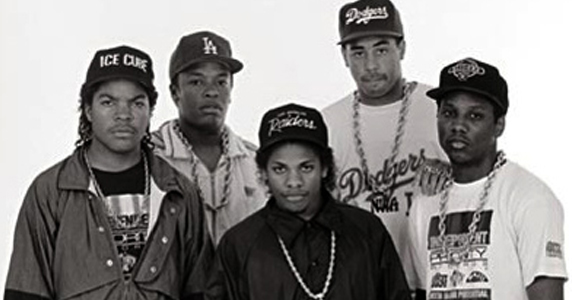
N.W.A. in the 80s.
New Yorkers – hip hop’s creators, remember – weren’t happy. A prominent MC, Tim Dog, released a diss song in retaliation, called Fuck Compton. Its lyrics overtly ask, “we want to know what you’re fighting for / fighting over colours? … come to New York and we’ll see who gets robbed”. His questions helped begin the coastal conflicts of the coming decade.
Tim Dog himself would later claim the song’s purpose was to vent anger towards record companies only wanting to sign West Coast rappers. At the time though, tracks like this were heralded as a call-to-arms.
Key Figures
Rappers became worldwide superstars in the 90s and Tupac Shakur was one of the biggest names. Born and raised in Harlem, he moved to California in 1988. With connections in both cities, many hoped he’d be able to smooth out the coastal tension. Unfortunately, he stoked smoldering flames.
For a while, Tupac was friends with New York’s greatest rapper, Christopher Wallace – The Notorious B.I.G. (AKA Biggie Smalls). Biggie’s unique style of rapping had recently revitalised the East coast hip hop scene. His breakthrough was engineered by Sean Combs’ (AKA P.Diddy and AKA Puff Daddy) record label, Bad Boy Entertainment. That label had fashioned Combs as a hip hop mogul, capable of making and breaking rap talent. A rival, Death Row Records (founded by Suge Knight, who had also signed Dr Dre and Snoop Dogg), offered the opposite: unimpeded fame for all rappers on their books.

Tupac, Snoop Dog and Suge Knight of Death Row Records.
Tupac and Biggie’s friendship ended in 1994, when Shakur was shot in a recording studio lobby in Manhattan. He survived, this time. He spotted Combs and the B.I.G. at the scene and alleged they were behind the shooting. In 1995, while Tupac was 11 months into a jail sentence, Suge Knight posted his $1.4 million bail and signed a released Shakur to Death Row Records.
Death Row Records now had a figurehead powerful enough to challenge Combs’ and Biggie’s combined celebrity.
The Deaths
Death Row and Suge Knight’s main objective seemed to be creating a high profile ‘beef’ with the New York rappers. This culminated in Tupac’s famous track Hit ‘em Up where he responds to Biggie’s Who Shot Ya? (referring to the ’94 shooting in New York)… “Who shot me? But your punks didn’t finish, now you’re about to feel the wrath of a menace”. The track blatantly insults Biggie and Sean Combs. While accused of taking the aggression too far, Tupac called it only “a classic battle record”.
Tupac was shot again in 1996 in Las Vegas. After watching a Mike Tyson boxing bout, he, Suge Knight and his contingent of high-profile Death Row groupies drove away from the crowded Las Vegas venue. A car pulled up alongside Shakur’s vehicle and fired a dozen or so bullets in its direction. Riddled with wounds, Tupac died a few days later in hospital. He was 25.
A year later in California – amid security concerns and the possibility of a fallout from the death of Tupac – Biggie was shot dead. In a similar fashion to the death of Shakur, The B.I.G. was felled by drive-by shooting. A vehicle pulled up to him and four shots smashed into his chest. He was 24.

Notorious B.I.G. only released two albums before his death.
Dying in the same manner complicated all subsequent assumptions about Tupac’s death. Was a third-party involved? Questions were asked and many theories have been put forward, but both murder cases remain unsolved and open.
The Films
Of the readily available (ie: hiding in your local DVD store) films about hip hop, the best ones are usually documentaries. Tupac: Resurrection was Oscar-nominated and did very well for itself at the US box-office.Biggie & Tupac (documentary by Nick Broomfield – who also did one on Kurt Cobain) supposedly led to the case on Biggie’s death being re-opened. Dave Chapelle teamed up with brilliant French director Michel Gondry to revisit the older forms of hip hop in Dave Chapelle’s Block Party. Chapelle does a great job of talking to the regular folk in Brooklyn, getting a street-level perspective on the way that New York’s changed in the past few decades.

B.I.G. and Tupac.
In terms of feature films, one of the better efforts is the Eminem vehicle, 8 Mile. Audience assumptions about drive-by shootings and feuding rap groups are challenged throughout the picture. In one scene, a car of hoons approaches loaded with weapons, but they spray a hail of paintball pellets instead of bullets. His pal 50 Cent tried to achieve similar things with his biopic Get Rich or Die Tryin’ a few years later, but he lacked the necessary screen presence to pull it off.
Notorious
The Biggie biopic, released this Thursday, is produced by Sean ‘Puffy’ Combs (note how angelic his portrayal is). The film’s production was watched over by Biggie’s mum Voletta (played by Angela Bassett in the film).
Biggie is played by Jamal Woolard – widley praised for his performance – who, like the man himself, was born in Brooklyn. Woolard’s also a rapper, who goes by the stage name ‘Gravy’, and put on 50 pounds to play the part.
The film follows Christopher Wallace from youth to his sad demise. Derek Luke plays Sean Combs, Naturi Naughton plays Lil Kim, Anthony Mackie plays Tupac.
Read more on the film here / Watch the trailer and behind-the-scenes videos here.

